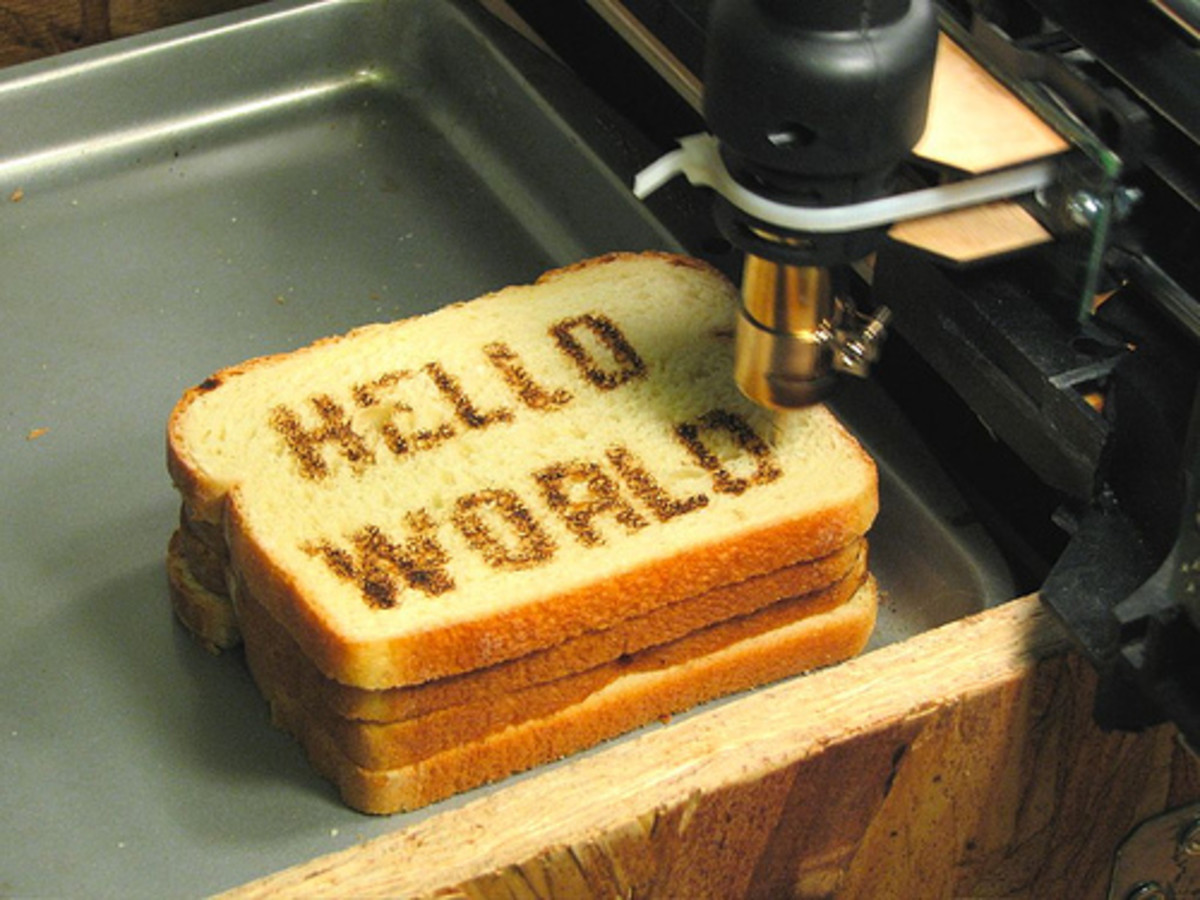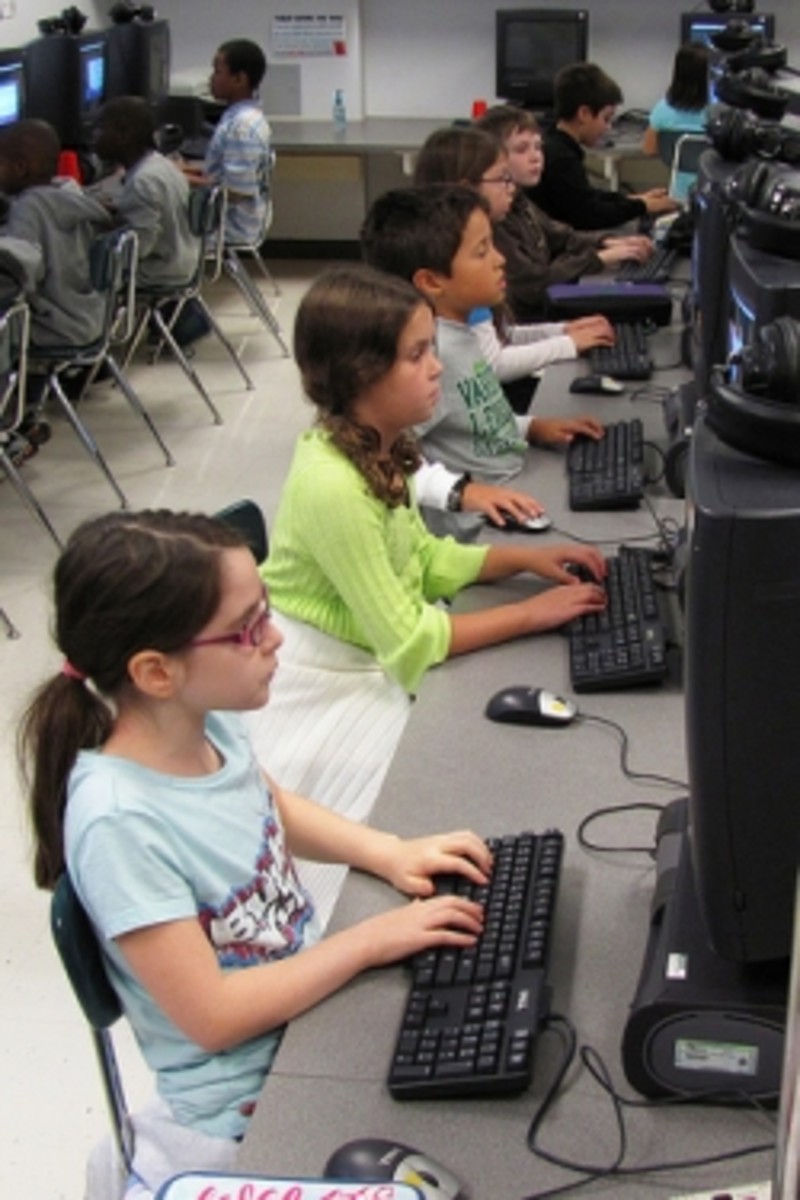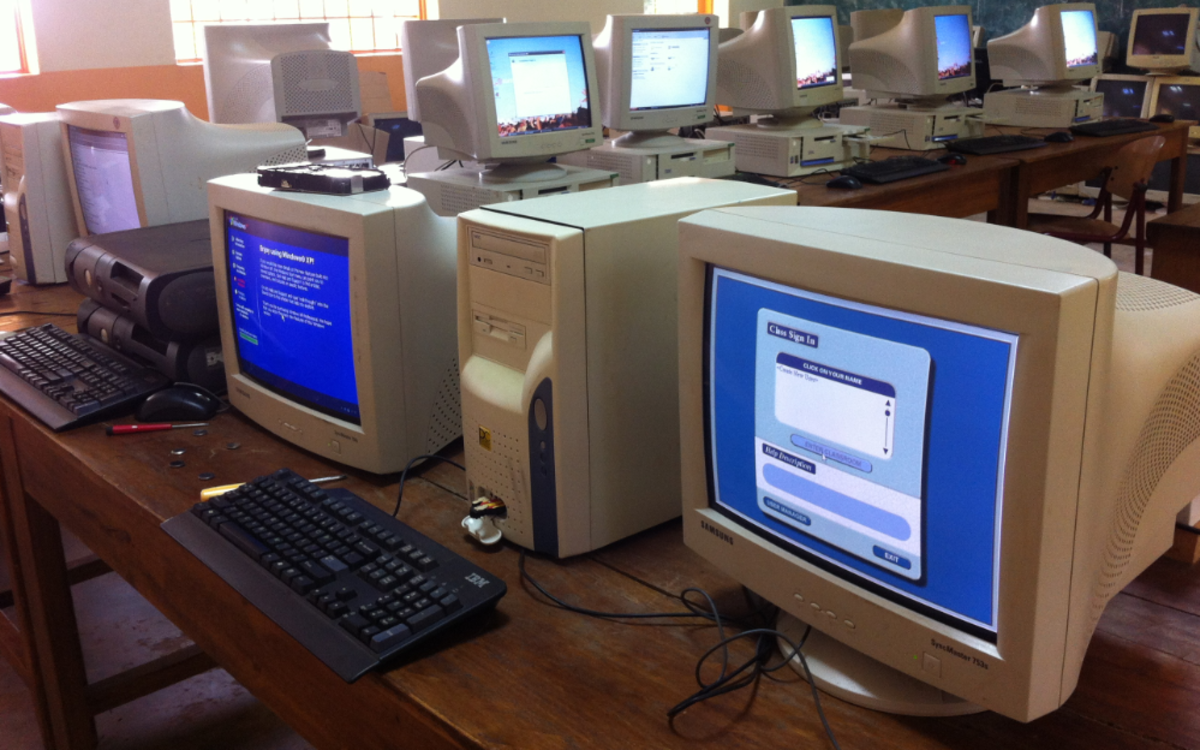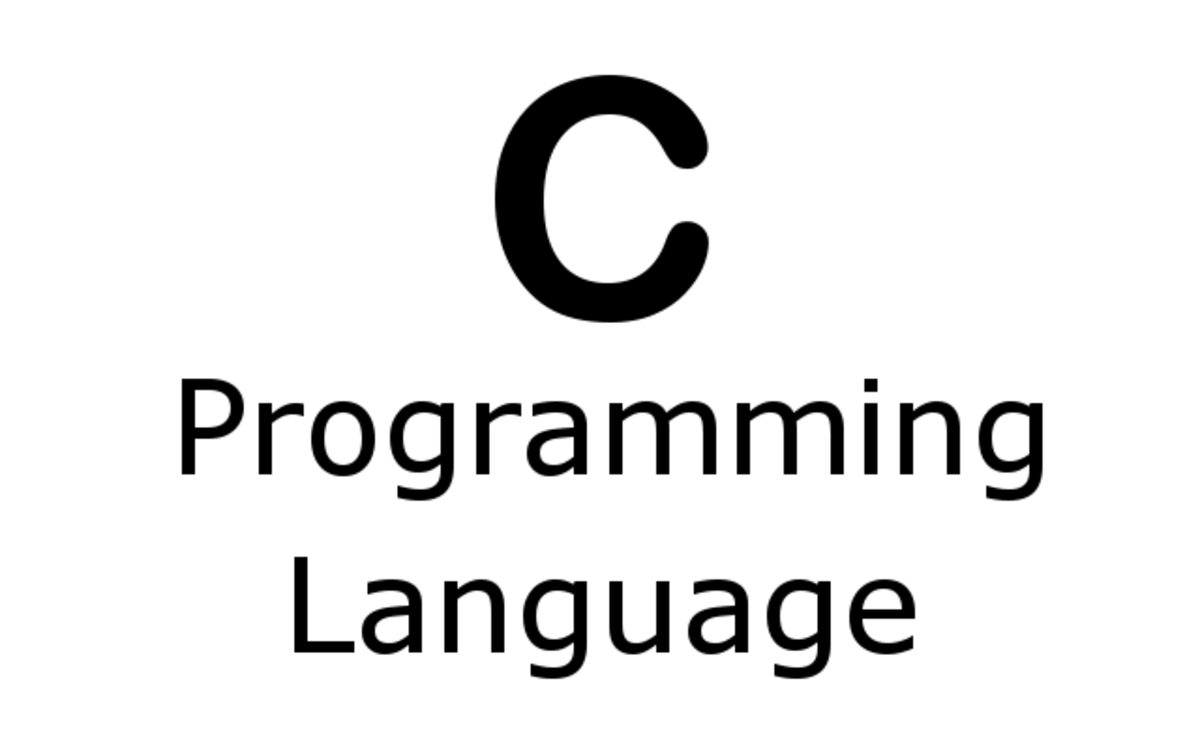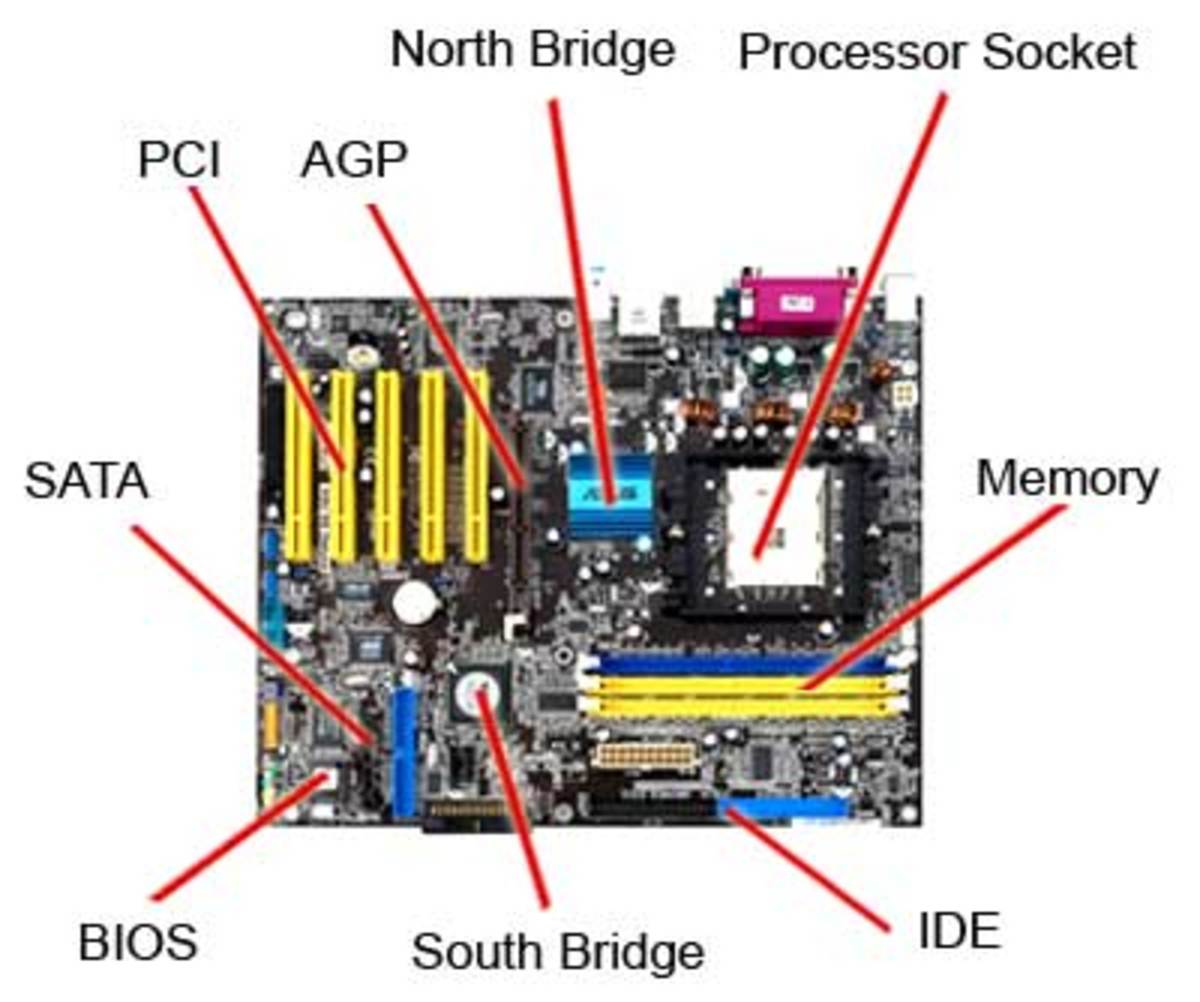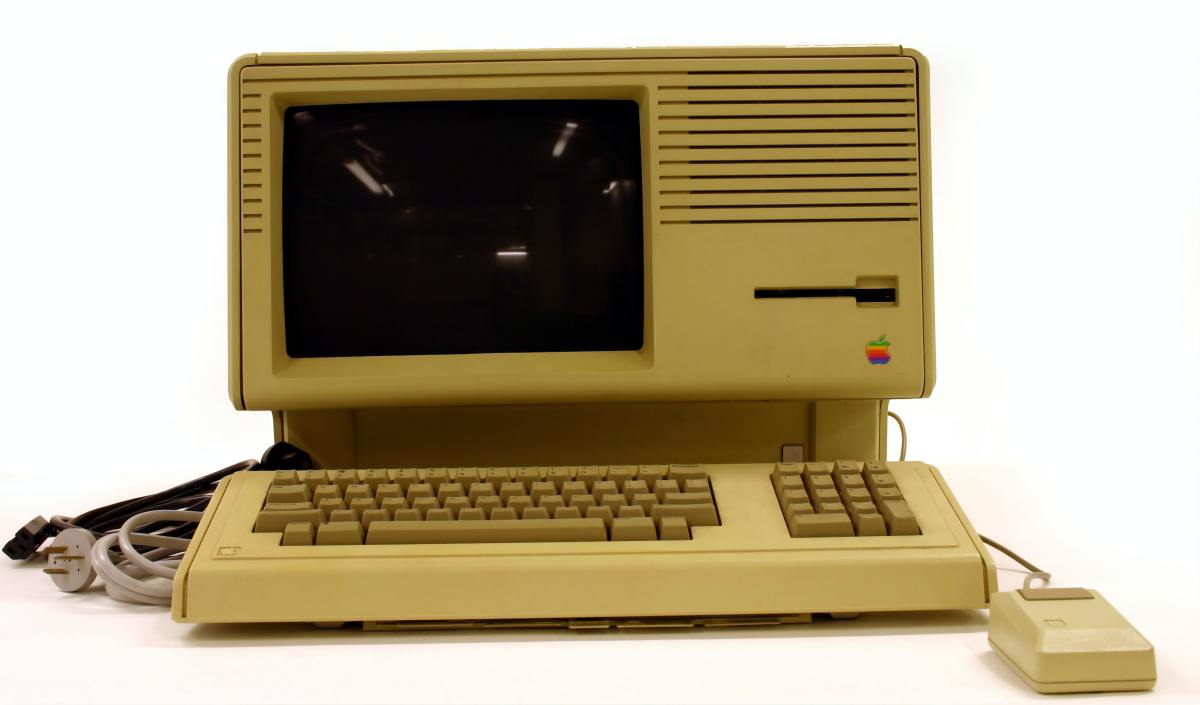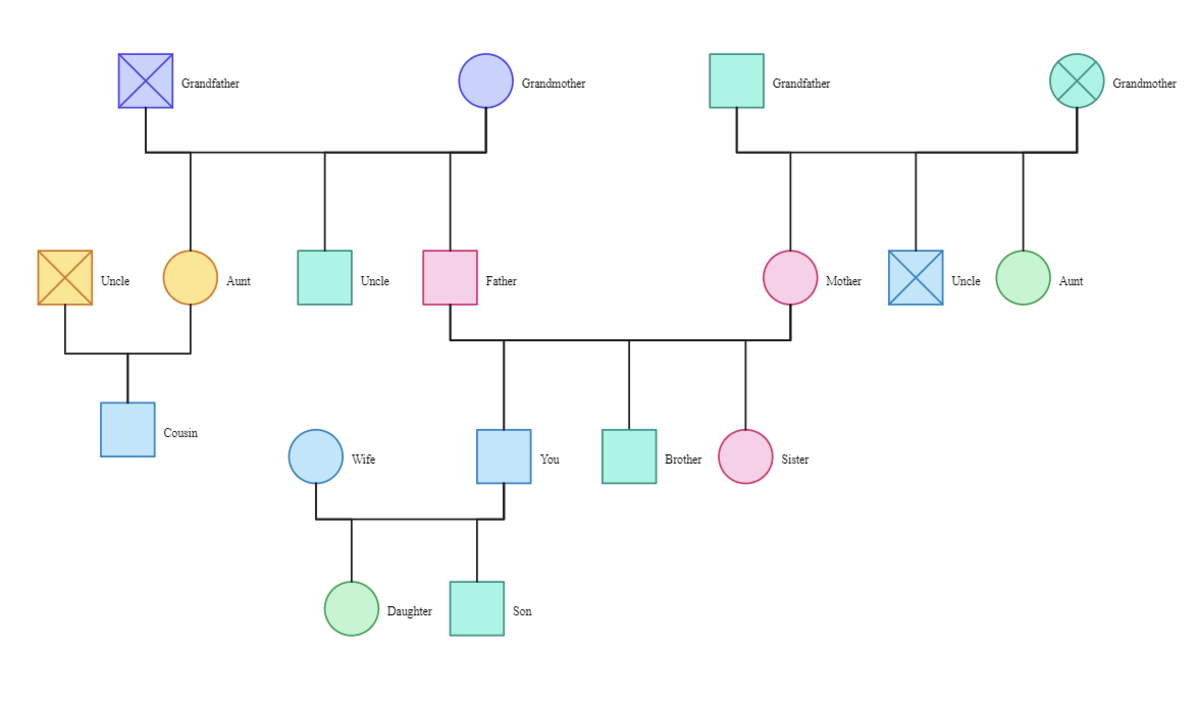Teach Children How To Program A Computer
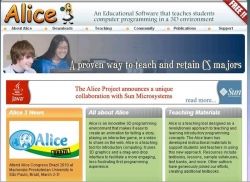
Teach children about core computer technology
Chances are that your children will interact with computers most of the days of their lives. Computers have been available, functional and important since well before they were born. Chances are good that you are now fully familiar with computers as well. Are you going to be satisfied with your children merely running programs for the rest of their lives? Why not help them get started learning about the technology?
Even if you don't know anything about computer technology, you can help your children learn how to program. Programming languages are what make the computer work the way it does. Did you know that there are many programming language choices. Each has a name that it is known by. HTML, C, Python , PHP, JAVA, JAVASCRIPT, SQL and many more, are currently popular. Many more are in wide use but are generally obsolete. While there are similarities between many of them, there are particular tasks that are best done in a particular language. For example, C is good at interfacing with printers. HTML is not and is actually not a programming language at all. Computer programs are now the most complicated of human creations. Where a large jet airplane may have 200,000 separate components, many computer applications have over 1, 2 or even 5 million separate distinct components, or lines or code.
As computers have become easier to use, the controlling programs have become more complex. It takes programmers to understand what has been developed and to extend our technology in the future. It is up to us parents and grandparents. Children can merely use computers or start learning very simple concepts, write programs that will control computer operations and extend their knowledge into the future. With some training and encouragement, they can become the masters of the future technology field. It's up to them, (and you), to make it happen.
Technology from Amazon
Computer Programming Basics For Children
A great way to prepare children for future exposure to the computer programming world is to discuss technical concepts with them. You don't have to know anything about it yourself. Just ask a few questions to get the children to think. What do they think a computer is? If they say a games machine, a teaching tool, a communications tool, or whatever, ask they why it is that. Chances are that they will explain a few of things that a computer can do, not what it is. Back before the invention of our modern technologies, a computer was a person who was employed to solve problems.
A computer is now a general purpose machine that is pretty much capable of doing whatever we think of for it to do. And what have we been asking computers to do? Everything. Computers sent men to the moon. They sent probes to all of the planets, an asteroid, a comet and even to outer space. Computers entertain, track trends, do math, speak, help the disabled. There are so many things that they do. They are truly the universal machine. Explain that the computer was invented in 1832 by Charles Babbage. He envisioned a universal machine that could perform calculations that would be useful for most any purpose. Babbage tried to build one but he was hampered by the lack of suitable machining and no electrical systems. Now less than 200 years later, we have computers that do what Babbage could never imagine.
What will computers do in the future? Anything that the children of today can envision and a whole lot more. Do your children want to take part in the future progress of computing or wait for others to deliver the future to them? They can be part of the future by learning something about programming now. Even a brief introduction could pay off huge dividends in their future.
What is a computer, anyway
Your child knows that a computer is for games, pictures, movies, instant chat. But what is it? It's a universal machine that is capable of doing anything. The computer is a collection of particular electrical components that allow it to do whatever we ask it to do. Each computer has a different set of components but there are a few that are present in most computers in use today.
Each computer contains a Central Processing Unit, (CPU), which is the major functional unit of the computer. Some more expensive computers have two or more CPU's to add speed. The CPU executes program instructions, or programs, that tell it what to do. These instructions are very simplistic commands. They make the computer perform basic math instructions, (add, subtract, multiply, divide), on two numbers at once. They make the computer move data from one place to another.
The CPU can test numbers and choose which instruction to do next based on the result of the test. The instructions are simplistic. For example, early computers could not multiply. If the programmer wanted to multiply 3 x 10, they would instruct the computer to add the number 10 three times. Here is an example of how the CPU would be told to perform this calculation:
MOVE A, 10
ADD A, 10
ADD A, 10
The first instruction puts the number 10 into a location called "A". The next command adds 10 to "A". The next command adds 10 again to "A". At the end of the third instruction, the number 30 is now stored in "A". This is a very simple set of commands. You could do the same with a command of "MOVE A, 30" in the beginning. Normally, the programmer would have the computer add "A" to itself repeatedly based on the number stored in another location, say "B". As you can imagine, this takes a lot of simple instructions just to get the calculation 10 x 3 completed. Each of the instructions is executed incredibly quickly so we, the users, observe the computer working faster than we could.
Programs with these simple instructions were the only way to control computers back when they were first invented. Now most people write programs using an English-like specification. It makes program development faster for programmers. The computer has a program that translates the English-like command into the simplistic CPU instructions. This has made programming simpler. So simple, in fact, that a child could do it.
Awards and Notices Received by this Lens
Thank-you for the support
This article was originally published on Squidoo before that site was merged with HubPages. Several notable users there honored this article.
SquidAngel 2muchtras blessed your lens 1/22/2011
SquidAngel Jack2205 blessed your lens 11/14/2010
SquidAngel darciefrench blessed your lens 11/10/2010
SquidAngel thesuccess blessed your lens 11/10/2010
SquidAngel dagsmith blessed your lens 11/06/2010
SquidAngel 24websurf blessed your lens 11/01/2010
SquidAngel ajgodinho blessed your lens 10/29/2010
SquidAngel DeeGator blessed your lens 10/05/2010
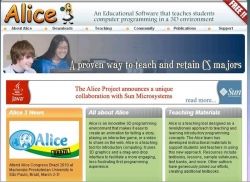
Learning the Alice programming language
Children will find that this is a fun thing to do
Alice is a free programming language that children will enjoy. In addition to being a graphical, story telling environment, it is also an object oriented tool. This means that pieces that are built can easily be extended with new capabilities. The language comes with demo programs that children can use right away. The tutorials show how. In one of them, there is a story about a rabbit. At first, it is sleeping next to a cell phone. The phone rings and wakes up the rabbit. Following the steps of the tutorial, you make the rabbit do additional things such as walk, jump and then squash the cell phone. Each step is an easy addition to the story. The objects are things in the story such as the rabbit and the cell phone. Each object has methods, those things that the object can do. The rabbit can sleep, walk, jump, etc. Each method can be changed. For example, you can make a jump take longer or shorter times. Check it out and see how easy it will be for your children to learn.
This programming language is a good introduction to programming because it establishes the use of logic by the child. For example, if the child wants something to happen in sequence, they have to understand the simple steps necessary. Move the rabbit, jump up, etc. If the rabbit should jump first and then move, the child will instantly understand how to make that happen. It is a great way to introduce programming in a simple fashion.
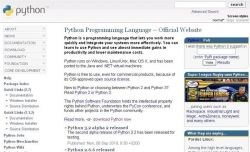
Python Programming Language
A free general purpose computer language
The Python language is another free development tool. With it, you can write fully functional programs that execute on your own computer. There is an ability to run it on the Internet, but this is likely too complicated for children, at first. Later they can explore the concept if they want. Python is an interpreted language. This means that it runs somewhat slower than other compiled languages. The difference is not important for those learning how to program. Interpreted languages help to get started faster. Once installed, a program can be typed right in or saved in a file. Check out Python for a good, general purpose programming language. It has classes and objects, too, so it will be fully capable as your child learns how to do more with the computer.
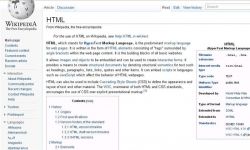
HTML Programming
The core delivery mechanism of the Internet
HTML, or Hyper Text Markup Language, is an interesting concept. It is something of a hybrid. Part word processor and part programming language. Learning HTML will be very useful to your child. This is especially true as they learn how to release programs on the Internet. At the core of HTML is the text controls. Here is how some text can be made Bold:
Add tag B for Bold: < B >This is BOLD< /B >
Note that there are spaces in the text here around the "B" characters. They were added to ensure that the HTML codes could be seen.
There are tags for bold, italics, underline and more. They wrap text and cause the desired effect. They each must be closed with a "/" HTML code. HTML is simple to start with but includes a lot of options that make the Internet what it is today. In addition, there are significant enhancements designed to work with HTML. They include PHP and Javascript,programming languages as well as XML, a data specification. Have your child work with the HTML tags before introducing the extensions.
Working in HTML usually requires a web server. You can use Notepad, however. Copy the HTML section below and paste it into Notepad. Then save it to a file called Program1.HTML in the "My Documents" folder.
< H1>This is the Header< /H1>
< b>This is bold< /b>
< i>This is italic text< /i>
< u>This is underlined< /u>
Note: take out the spaces in the tags!
Let your children play with this section of text and open it in their Internet browser. They can't break anything. Try leaving a / tag off. What happens? Add two or more tags. These are among the most primitive Internet operations that can be done.
Girls are rare in the computer industry
Since the beginning of the computer industry, men have far outnumbered women. This is despite the fact that the first computer programmer was a woman back in 1832. Another woman invented the compiler which represented a huge leap forward for the computer industry. As parents, we should recognize that girls are scarce in the field. Please help to encourage girls to get involved. There are lots of careers that they can access if they learn how to program.
Should girls learn to program too?
Great Programming Books on Amazon
Alice programming language and other general introductions are available on Amazon.



